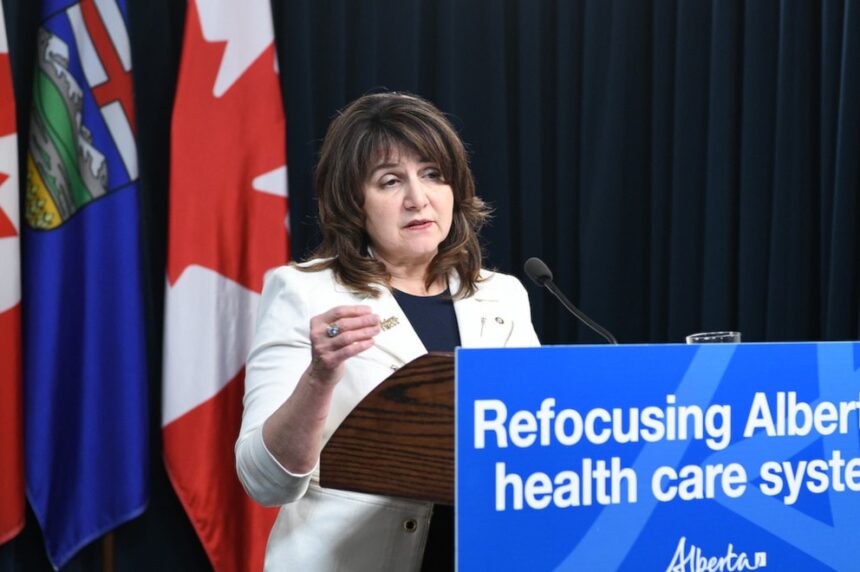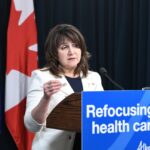In a significant development for healthcare access in rural Alberta, Stettler’s medical community received welcome news this week as the provincial government unveiled a substantial $22 million funding package aimed at bolstering primary care services across the province. The Stettler Medical Clinic stands among 29 healthcare facilities set to benefit from this targeted investment, addressing critical staffing shortages and expanding service capacity in underserved communities.
“This investment represents a turning point for smaller communities like Stettler,” said Dr. Margaret Reynolds, lead physician at the Stettler Medical Clinic. “For years, we’ve struggled with recruitment challenges and limited resources while trying to meet growing patient needs. This funding offers a concrete path forward.”
The announcement comes amid mounting pressure on Alberta’s healthcare system, particularly in rural areas where physician retention has reached crisis levels. According to Alberta Health Services data, nearly 40% of rural clinics have operated below optimal staffing levels since 2021, resulting in reduced service hours and increased wait times for non-emergency procedures.
Health Minister Adriana LaGrange emphasized the program’s strategic approach during yesterday’s press conference: “By directing resources specifically to clinics demonstrating critical need, we’re ensuring Albertans have reliable access to family physicians regardless of postal code.”
The funding package allocates resources based on a comprehensive assessment of regional healthcare demands, with priority given to communities experiencing significant physician shortages and limited access to specialized services. Stettler’s allocation will support physician recruitment initiatives, enhance diagnostic capabilities, and expand operating hours at the local clinic.
For Stettler residents like Eleanor Jamison, who currently drives over 45 minutes to see a specialist, the investment represents more than just financial figures. “Having consistent, quality care close to home makes all the difference, especially for seniors or families with young children,” she told CO24 News.
The provincial initiative also addresses technological infrastructure, with funds earmarked for implementing electronic health record systems and telehealth capabilities. These modernization efforts aim to integrate rural healthcare providers more effectively with urban medical centers, facilitating smoother patient transfers and specialist consultations.
Mayor Sean Collins views the funding as essential for community sustainability. “Healthcare access directly impacts our ability to attract new residents and businesses,” he noted. “This investment signals that rural Alberta remains a priority in provincial planning.”
Critics, however, question whether the funding package goes far enough to address systemic issues. Opposition health critic Sarah Hoffman pointed out that the $22 million represents less than 1% of the annual health budget, arguing that “more substantive investment is needed to reverse years of rural healthcare decline.”
Healthcare analysts project that Stettler’s portion of the funding could enable the local clinic to add two full-time physician positions and extend operating hours by up to 20 hours weekly. Additional services being considered include enhanced prenatal care, geriatric consultations, and expanded mental health resources.
As implementation plans develop, provincial health authorities have announced a monitoring framework to measure outcomes, with quarterly progress reviews scheduled throughout the two-year funding period. Success metrics will include physician retention rates, patient satisfaction scores, and emergency department utilization patterns.
As communities like Stettler prepare to leverage this new funding, the broader question remains: will targeted financial injections prove sufficient to create sustainable healthcare systems in rural Alberta, or is more comprehensive reform needed to ensure equitable access for all Canadians?
























